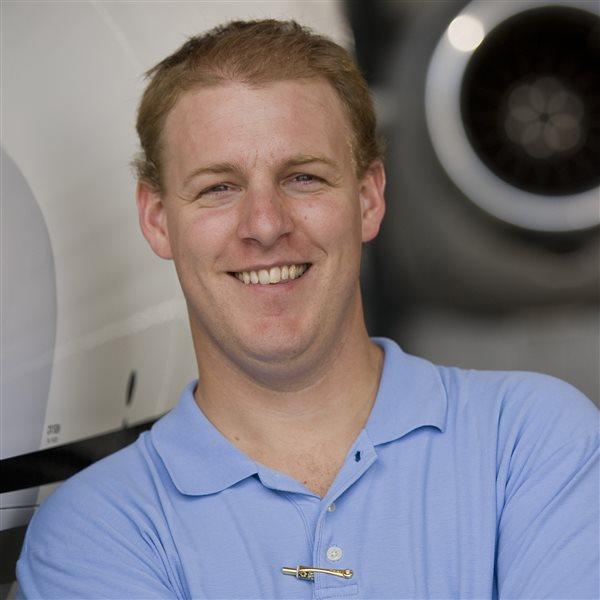Flight schools can be little more than one airplane, one instructor, a commercially available syllabus, and friends as clients. Or they can go all in, like the school owned by Reza Birjandi.
Birjandi is the chief instructor and co-founder of Pacific Skies Aviation, a small, award-winning flight school based at Zamperini Field in Torrance, California. A pilot since he was a teenager and an instructor soon after, Birjandi looked back on his experience as a young instructor and realized he simply wasn’t very good. He had been teaching the way he had been taught, which he describes as a concentration on flying based more on reference to instruments and an emphasis on the first solo. He knew there was a better way.
Pacific Skies is a vision for a different way of teaching. All the basics are there. The school uses a syllabus, teaches conventional courses, and uses traditional airplanes like Cessna 172s. But the core of the training is different. Birjandi calls it the visual flying method. It sounds basic, and it is. The team at Pacific Skies has developed a complete syllabus focused on flying traditional methods with modern airplanes. Each lesson includes specific visual references, many of which are focused on their local flying environment. Instead of being able to maintain a heading, for example, the syllabus may prompt a student to follow a specific section of coastline, forcing an outside focus. Tricks such as covering instruments are also ingrained into the training, rather than applied haphazardly.
To ensure the philosophy works in practice, Birjandi spends at least a week—usually two—with new instructors. The instructor is paid for the training time, and each lesson is carefully examined for the most effective way to convey the concept to the student. The entire instructor corps also goes through semi-regular standardization training to ensure everyone is on the same page.
Another key piece of the syllabus is the first solo. Rather than make it the end of the first phase of flight training, Pacific Skies puts solo flights at the end of the private pilot course. For the last five years the flight school staff has been soloing students only when they are getting ready for their checkrides, after cross-country flying, short- and soft-field takeoffs and landings, and all the other maneuvers have been covered.
Birjandi said it’s been a huge success. “Students have more confidence because they have more extensive training,” he said. It’s been assumed that students need to solo early, in part to motivate them to complete training. Birjandi said in his experience the opposite is true. He realized they had been losing students in the presolo phase as instructor and student banged around the pattern for 10 hours, solely to get the student to fly solo. “Students couldn’t see how they would ever meet their goals.”
Now they skip those flights completely, and once the student can make a stabilized approach they transition to short cross-countries, where additional landing practice becomes part of a broader scenario-based lesson. Instead of students continuing because they’ve soloed, he said they continue because they see what a pilot certificate can do, and they have confidence to fly outside the local area.
Given the flight training industry’s heavy focus on first solo, moving it to the end of the course syllabus was risky. Birjandi knew many students and new pilots measured their success on when they soloed, which he said further clarified that it had more to do with ego than motivation. If the experience at Pacific Skies is any indication, it was a risk worth taking.



